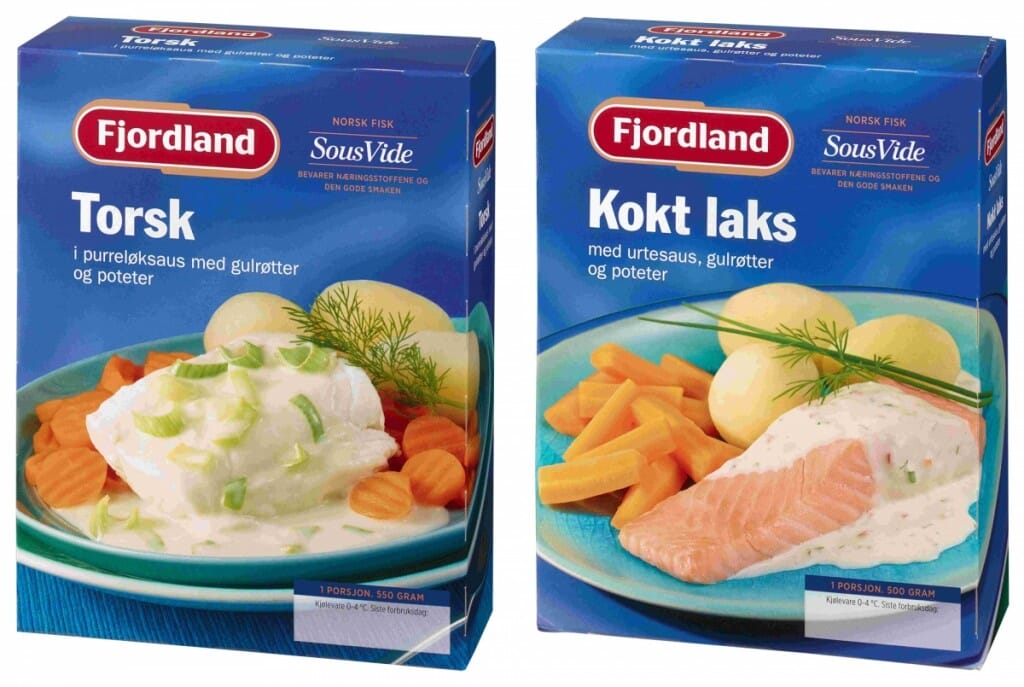All fish loses fluid, both in production and during storage. As consumers we notice this as fluid in the packages, along with the fish, but the fish may also have lost fluids before being packed.
“Fluid loss in products is a well-known issue in the industry, and often has a negative effect on the customer’s perception of product quality. It is also an issue in terms of environment and cost,” says head of development with fish product manufacturer Lofotprodukt, Christer Johansson.
Seeping fluid not only reduces the juiciness of products, but also leads to more loss in production, in the shop and with the consumer. If there’s a lot of fluid in the package, it means the consumer may choose something else and that the shop is unable to sell the product – or that people throw away food that has lost fluid while in the fridge.
More sustainable and better quality
Now Lofotprodukt, Fjordland and Fjordkjøkken have joined forces with Nofima’s researchers to do something about the matter. With funds from the Regional Research Fund North (RFFN) they have established the “JuicyFish” research project, where they will document the production process and experiment with various measures.
“We will carefully investigate what happens to the fish from arriving at production and until it’s on the consumer’s plate. We will find out where fluid loss occurs, and why, so that we can find better ways of doing it,” says Nofima researcher Line Bach Christensen, who is heading the project.
The aim is for the products not to lose any fluid, neither during processing nor in the packaging on the way to the consumer.
If the project should achieve this, it would be of great value to the businesses. They would achieve higher quality products, but also a new opportunity to operate more sustainable and efficient production with less financial loss, because they would be able to better exploit the raw material.

Resolving the problem together
Researcher Line Bach Christensen is pleased that the businesses want to use the research communities’ expertise.
“We have extensive knowledge on these processes and great expertise in terms of both raw materials, process technology, storage methods and packaging. We are really pleased that the businesses want to employ this,” Christensen says.
There may be both physiological and process-related causes for fish to lose fluids. When these are identified, one will consider developing new technology or testing other methods to limit or completely avoid fluid loss. Lofotprodukt views the project as a win-win situation.
“Lofotprodukt has been making fish products for many years. Now we want to apply a more research-based approach to look at causes and possible measures to reduce the problems related to fluid loss. Project collaboration with a professional research body such as Nofima, as well as the experienced industry businesses such as Fjordland and Fjordkjøkken, is a strength for us in trying to resolve this issue,” he says.
Among other things, Fjordland and Fjordkjøkken will test fish cooked using the sous-vide method, i.e. fish that is first vacuum packed then cooked, as a part of the project.
The project started in June and will last for three years.




